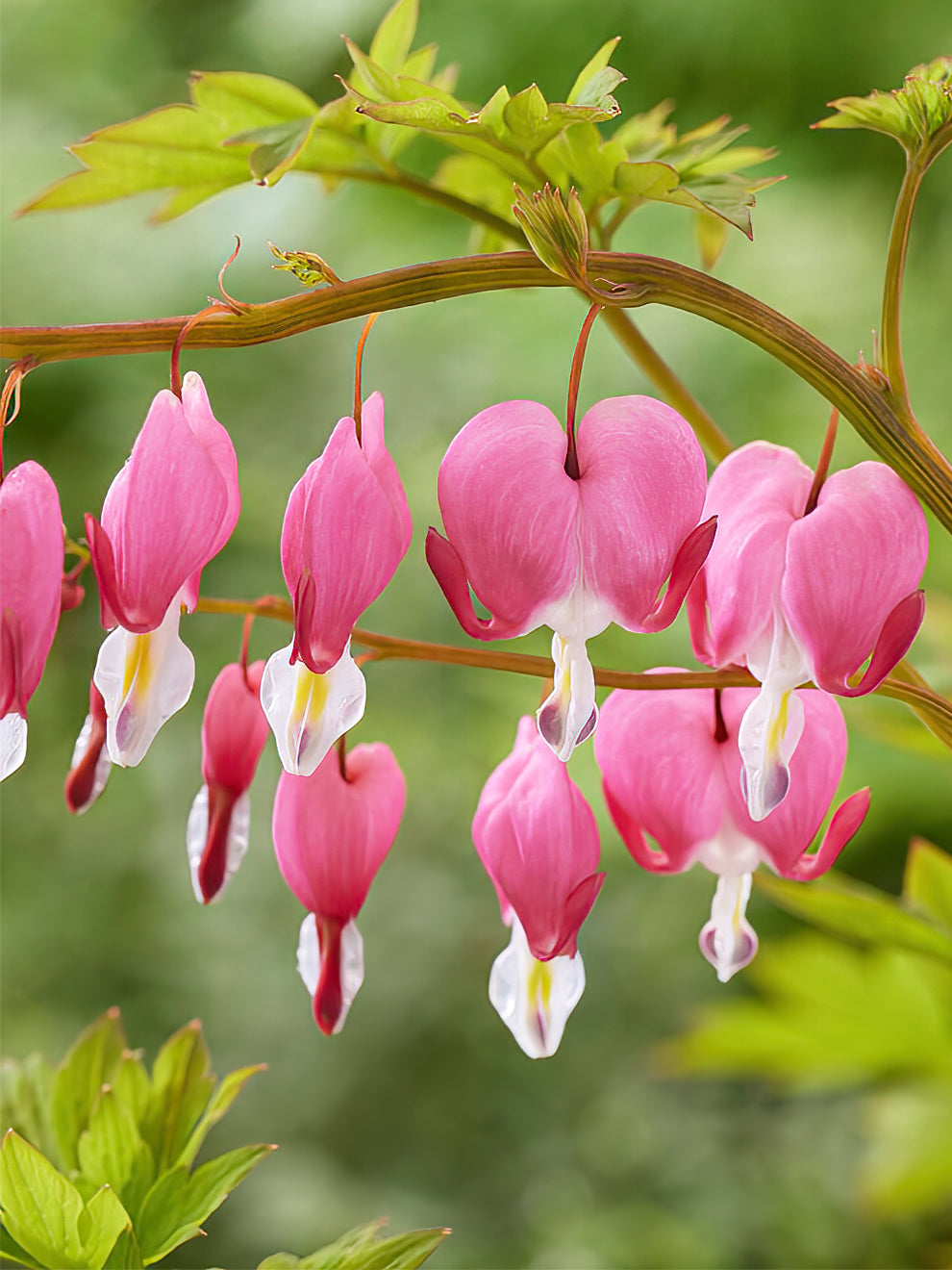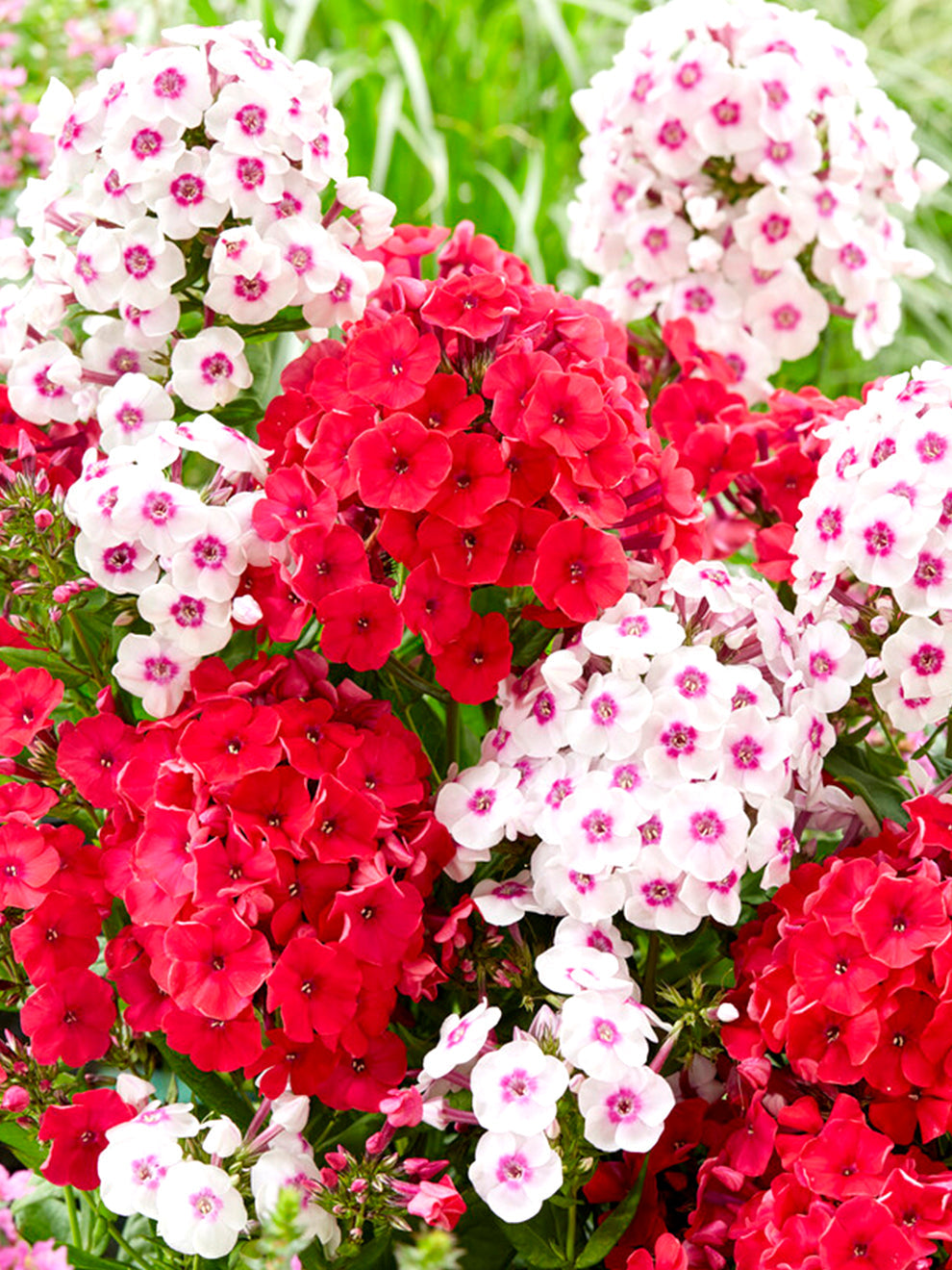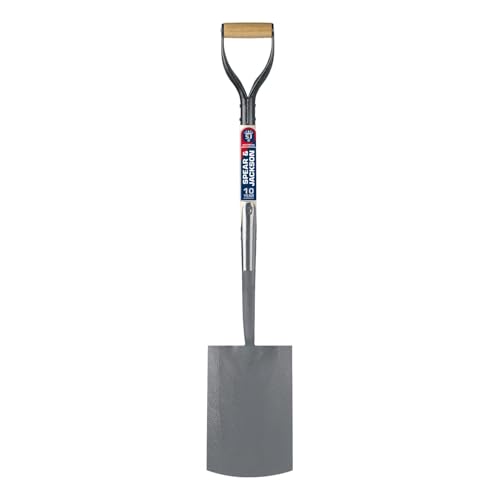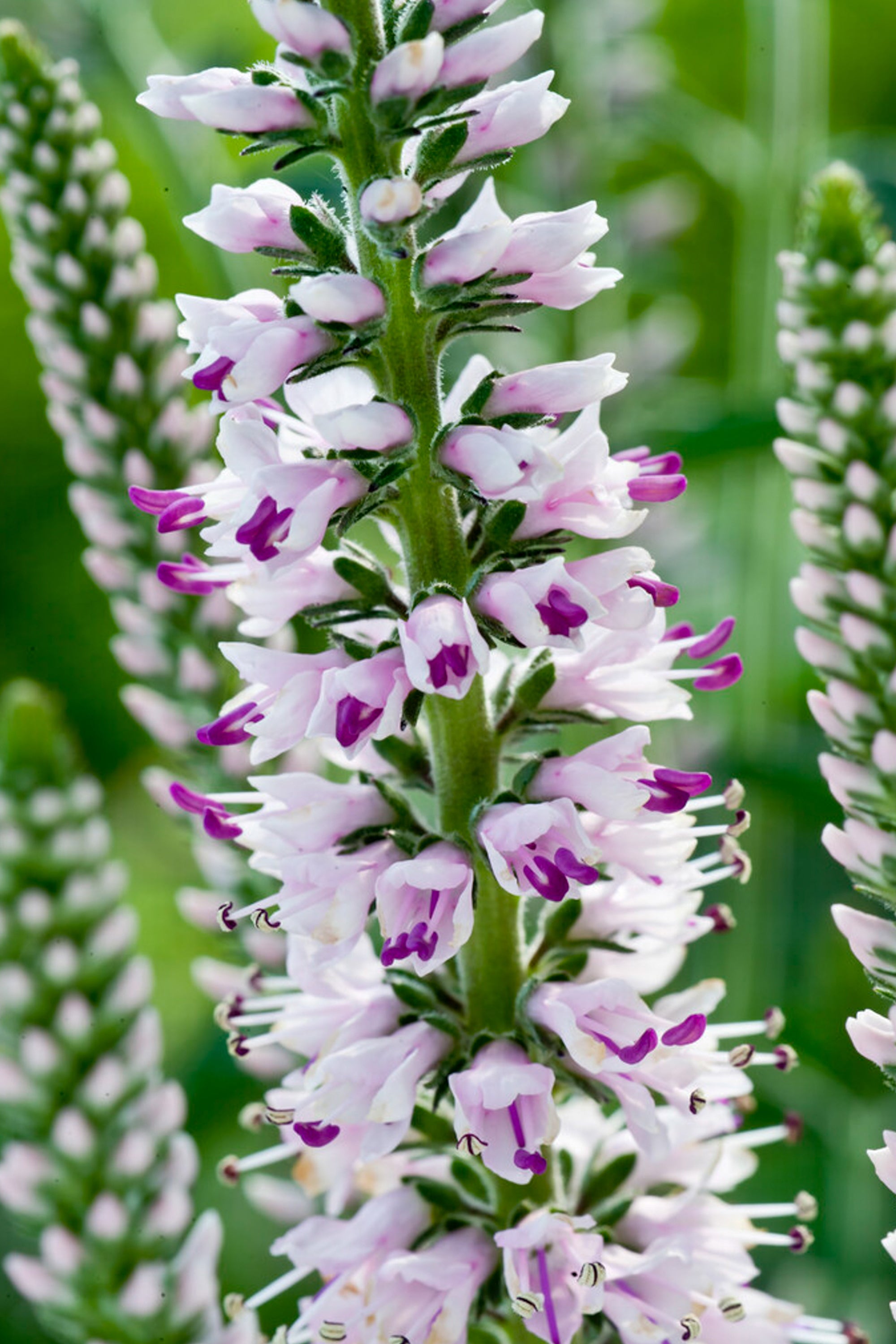7 perennials to plant in January – why this month is a great time to add bare-root plants to flower borders
Bare-root perennials are a cost-effective way of growing your plant collection

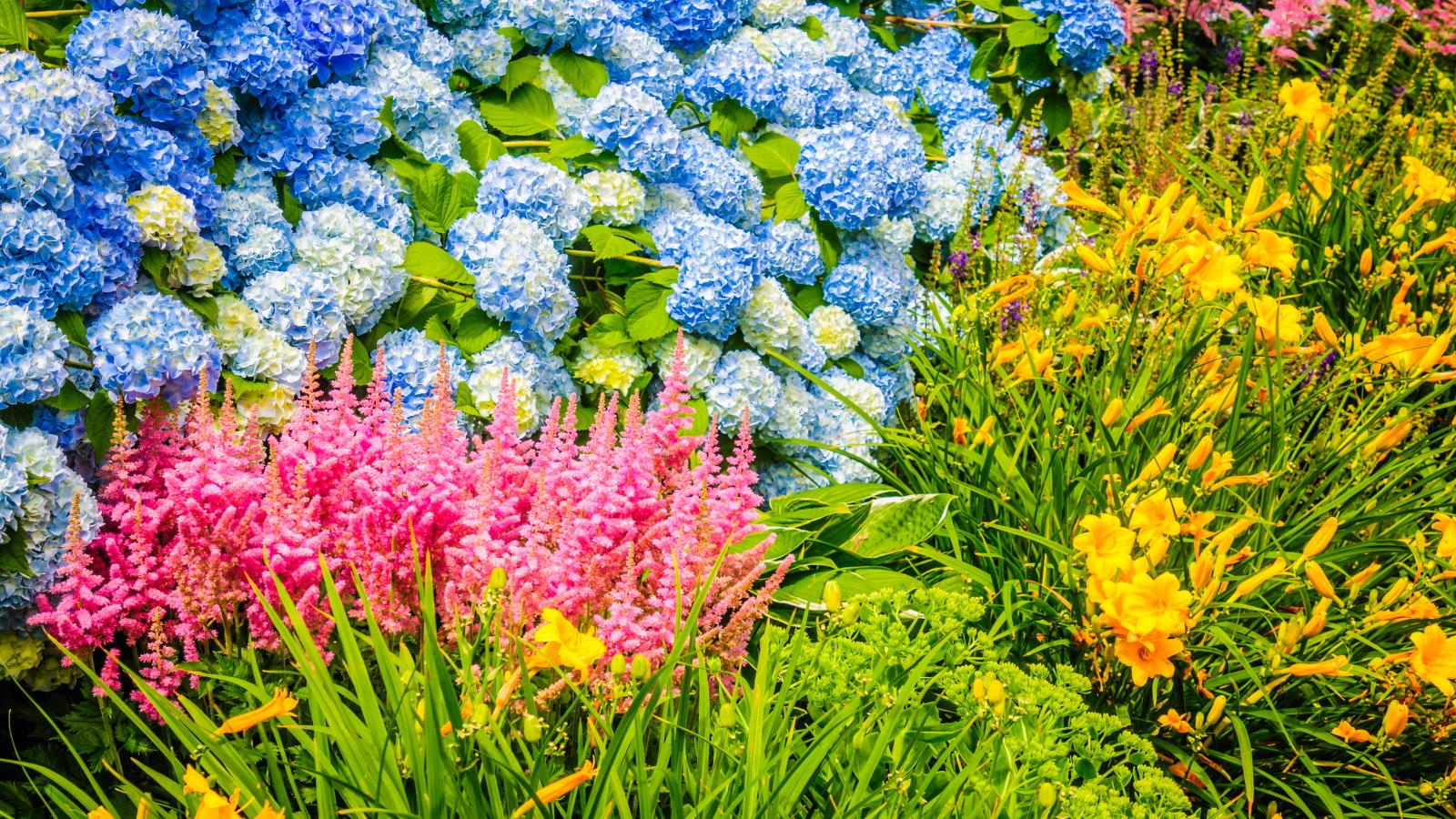
Perennials are the stalwarts of flower beds. These reliable plants perform year after year, filling gardens with colorful blooms and interesting foliage and attracting pollinators to their nectar-rich blooms. The best perennials will bloom for many months and there is a huge variety to choose from. Whatever your space or tastes, there are perennials to suit any garden.
Perennials are widely available in containers from garden centers or nurseries year-round. A wide selection is also available bare-root during the colder months. These plants offer a cheaper alternative to container-grown plants and are handy to plant in January if you want to expand your backyard ideas in winter.
There is a long list of perennials that are often available to buy bare-root. It is hard to whittle them down, though we have picked seven of the easiest perennials to plant in January for fantastic blooms for years to come.
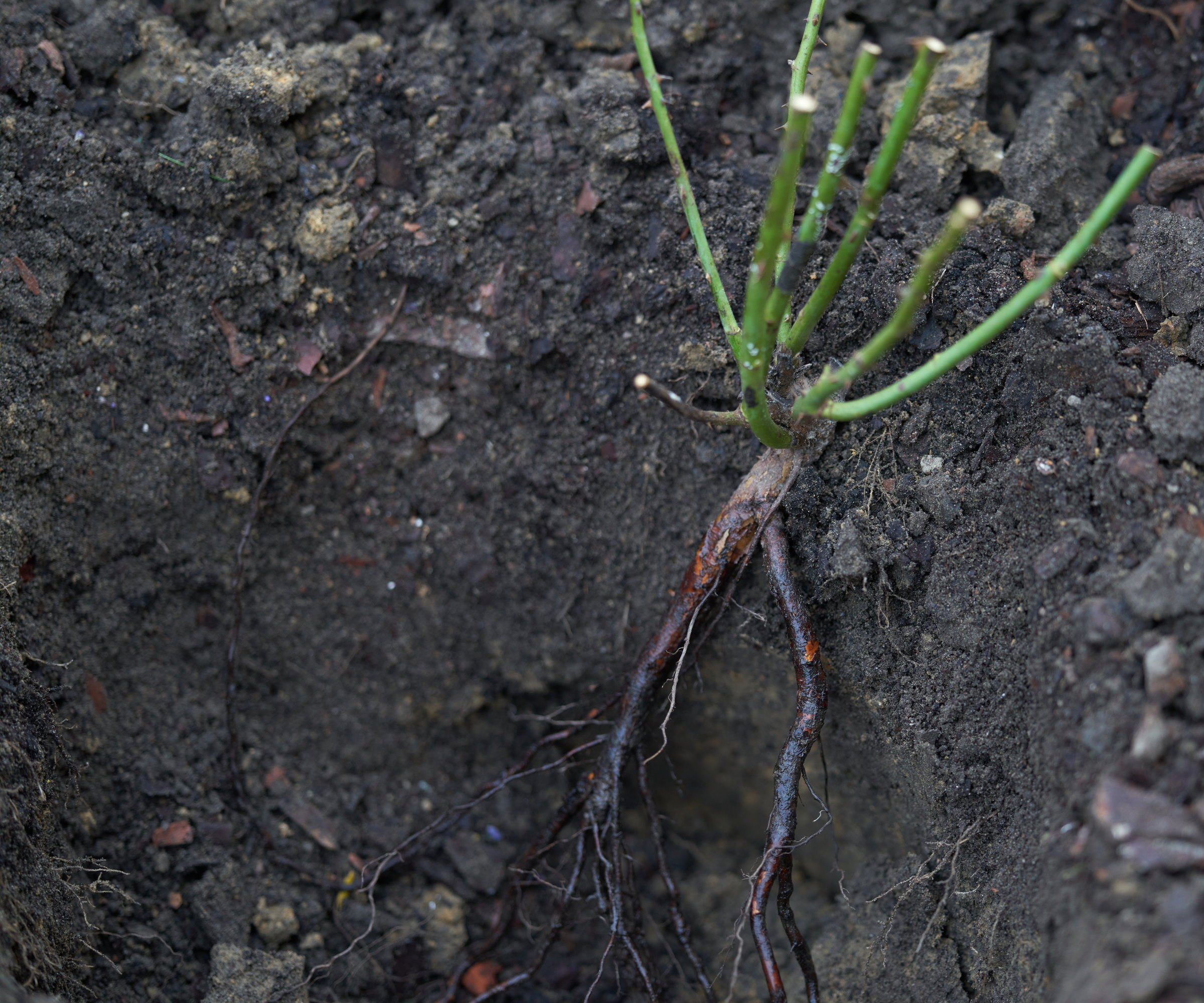
Roses are commonly planted bare-root, but less people know about planting bare-root perennials
What are bare-root perennials?
Buying and planting bare-root perennials is a very cost-effective way to add plants to your backyard ideas. A bare-root perennial is grown in a field and shipped to gardeners without soil or pots. They have healthy roots and buds and are cheaper than container-grown perennials.
Bare-root perennials are best planted as soon as possible into flower beds or borders, however, if your ground is frozen, waterlogged, or heavy, then the plants can be put into pots filled with compost to start growing - ready to plant into their final position once the soil temperatures rise.
Here is our selection of seven fantastic bare-root perennials to plant in January:
1. Astilbe
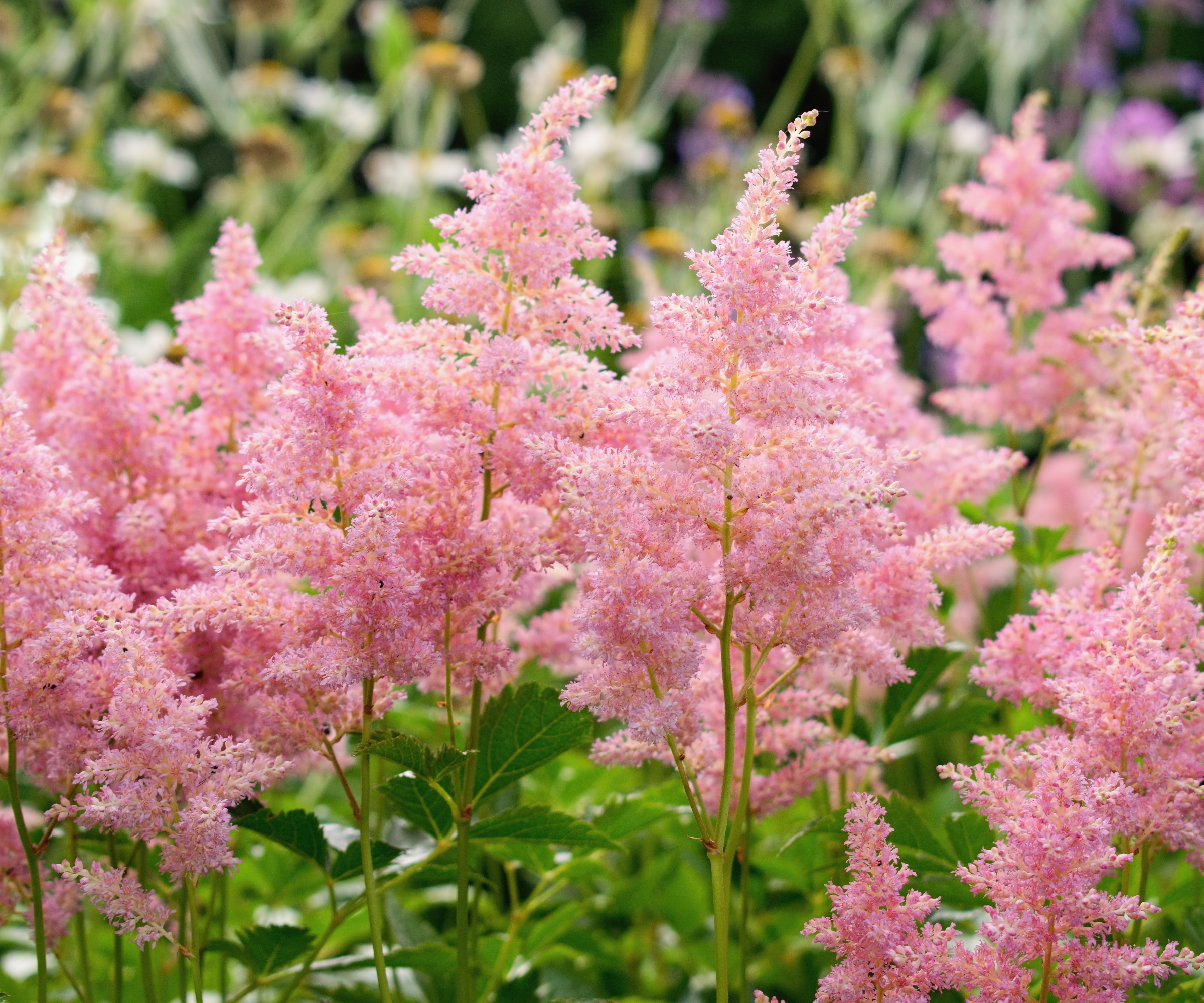
Astilbes are dramatic plants thanks to their tall perennial flowers, which put on a fabulous display every summer and attract butterflies and other pollinators. There are hundreds of different cultivars to choose from and the flowering spikes can reach 1-3 feet in height.
Design expertise in your inbox – from inspiring decorating ideas and beautiful celebrity homes to practical gardening advice and shopping round-ups.
Plants are hardy in US hardiness zone 3 to US hardiness zone 8 and astilbes can grow in anything from full sun to partial shade. Sunnier spots are best in northern gardens while it is better to opt for shadier spots in warmer climates.
Plant in rich and well-draining soil. Astilbes are drought-tolerant flowering perennials once established - though will need watering in extended dry periods.
See the range of bare-root astilbe plants at Dutch Grown
2. Bleeding heart
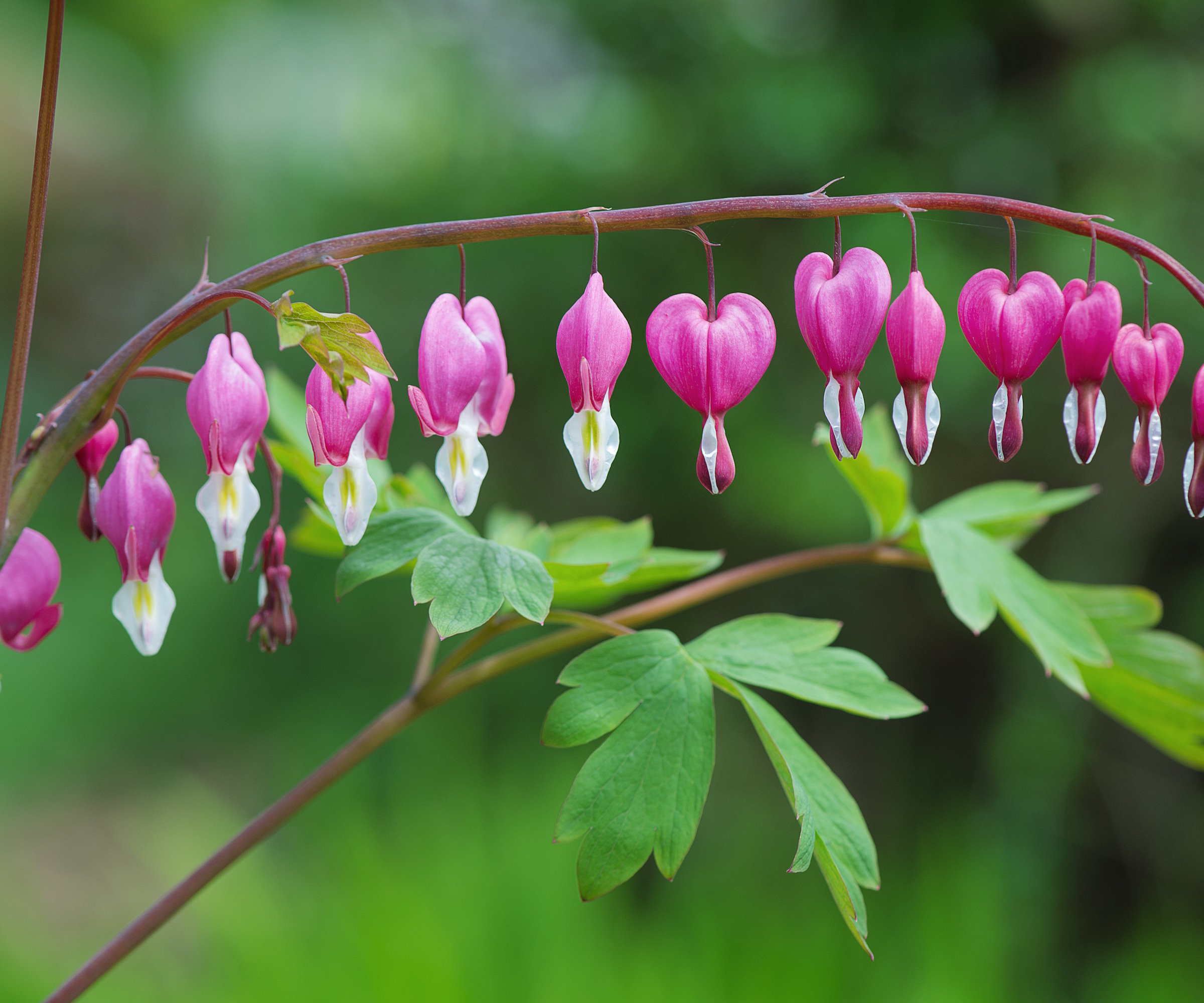
Bleeding heart is a unique plant, with its instantly recognizable heart-shaped blooms that appear in spring and hang off arching stems. The blooms can be pink, white, or a combination of the two. Bleeding heart is a fantastic shade plant as it prefers shaded areas, such as those often tricky spots under trees or other tall shrubs.
Plants can be grown in US hardiness zones 3-8 and want either partial or full shade, though the shadiest spots usually mean fewer flowers. Bleeding heart prefers rich and well-draining soil with organic matter added annually to boost soil health.
Established plants require little maintenance. Water regularly during the season and cut back bleeding hearts in midsummer after blooming. If you want more plants, divide bleeding hearts to get new ones for free.
3. Columbine
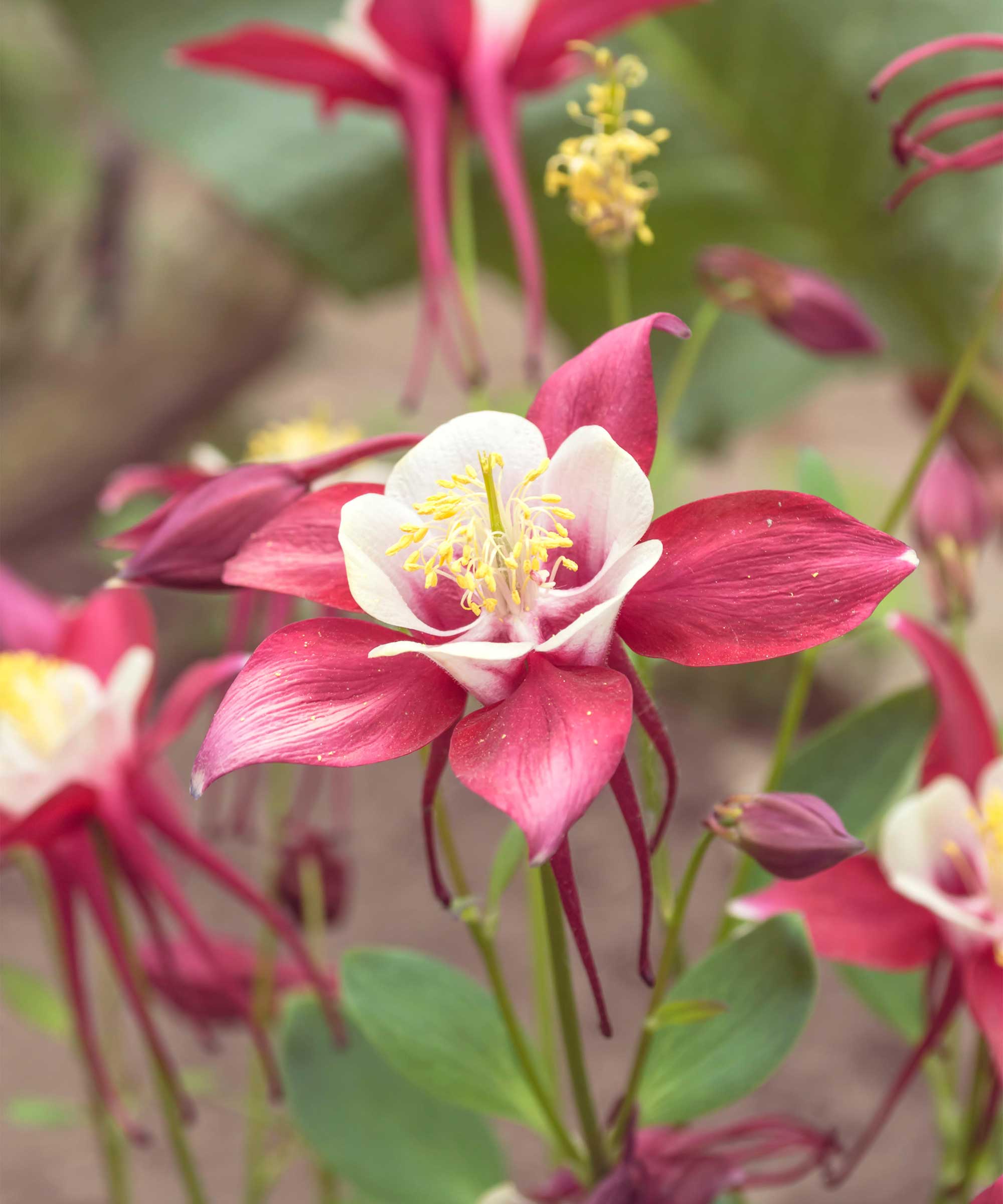
Columbine, also known as aquilegia, are lovely spring flowering plants that grow between six inches and two feet tall, depending on the variety. They produce dainty, nodding flowers on top of slender stems and come in many shades, including red, pink, yellow, white, and more.
Columbine plants are hardy in US hardiness zones 3-9 and prefer to grow in full sun or partial shade - the latter is recommended in warmer climates where they can be protected from the intense summer sun. Columbine likes well-draining soil and mulching annually to keep the soil fertile and moist.
4. Daylily
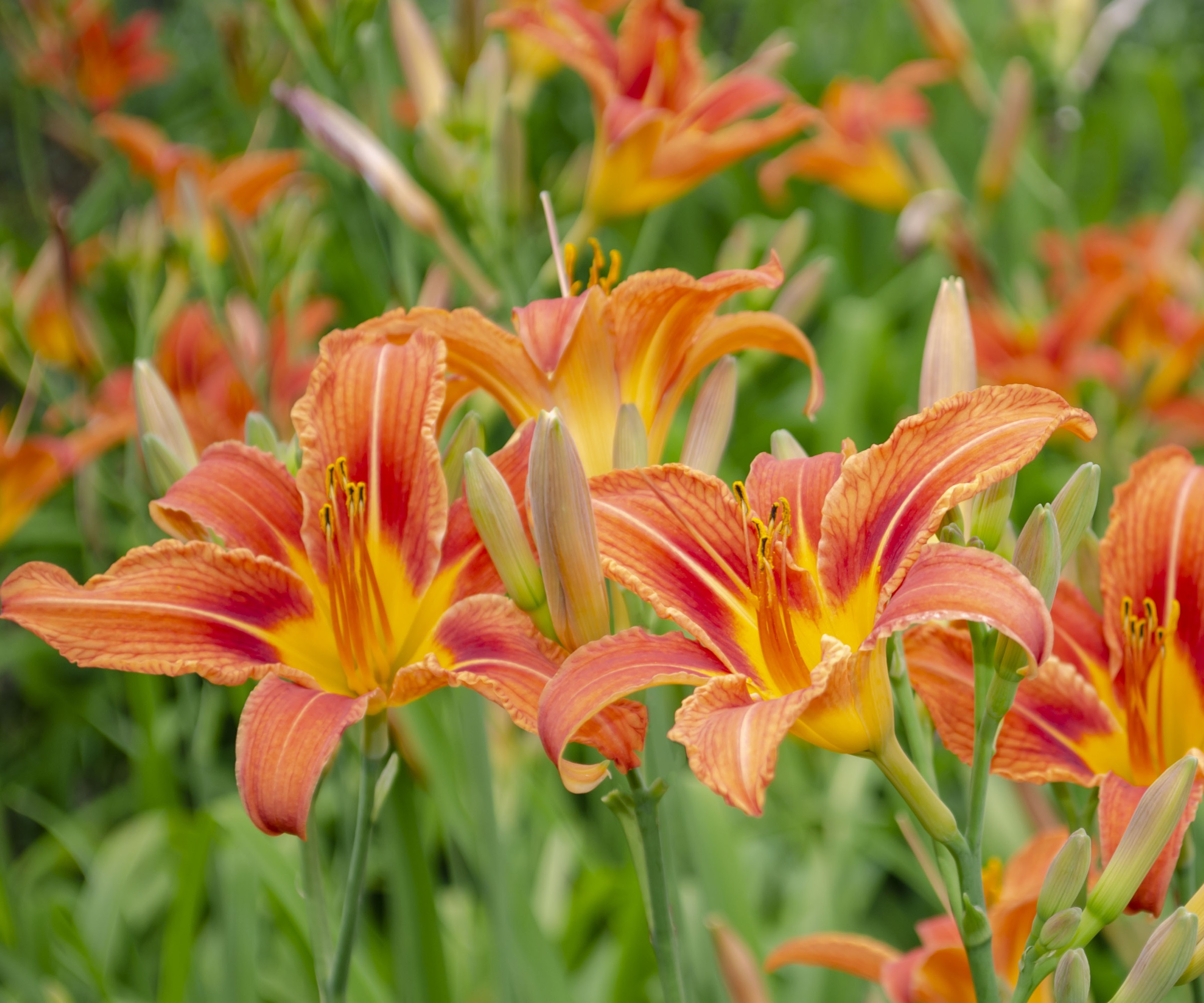
Daylilies, also known as hemerocallis, are a low-maintenance perennial. As the name suggests, each flower only lasts for one day, but the overall blooming period for many varieties can last for many months. Daylilies come in different heights and shades and there are early, mid, and late-flowering varieties to choose from.
They want warmth and heat, so a position in full sun where plants can get at least six hours of sun a day is ideal when deciding where to plant daylilies. Daylilies also prefer moist and well-drained soil amended with organic matter before planting. As mentioned earlier, they are low-maintenance plants that can grow in beds or containers and cutting back daylilies in the fall can help ensure more blooms next year.
See the range of bare-root daylilies at Dutch Grown
5. Phlox
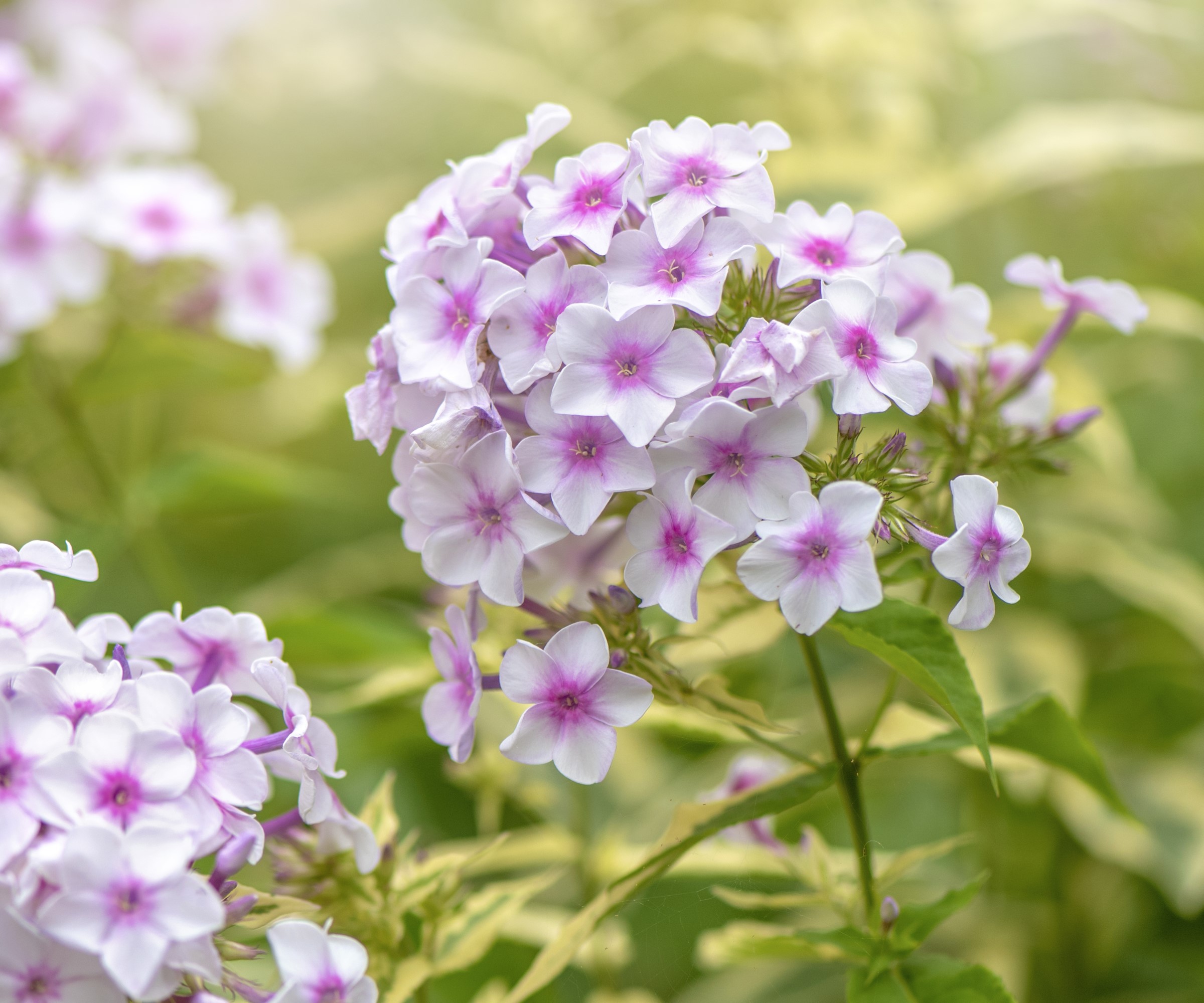
Perennial border phlox are covered in panicles of flowers and have a very long blooming season - this makes them hugely popular cottage garden plants for flower beds or containers. In terms of height, form, and color, there is a huge range of phlox to grow - so there is likely to be a type for any garden.
Phlox plants are hardy from US hardiness zones 3-9 and prefer to grow in a sunny position in a rich and well-draining soil type. Phlox does not like sitting in wet soil, so add organic matter to heavier soils. Keep plants well-watered and regularly deadhead phlox to encourage more blooms.
6. Stachys
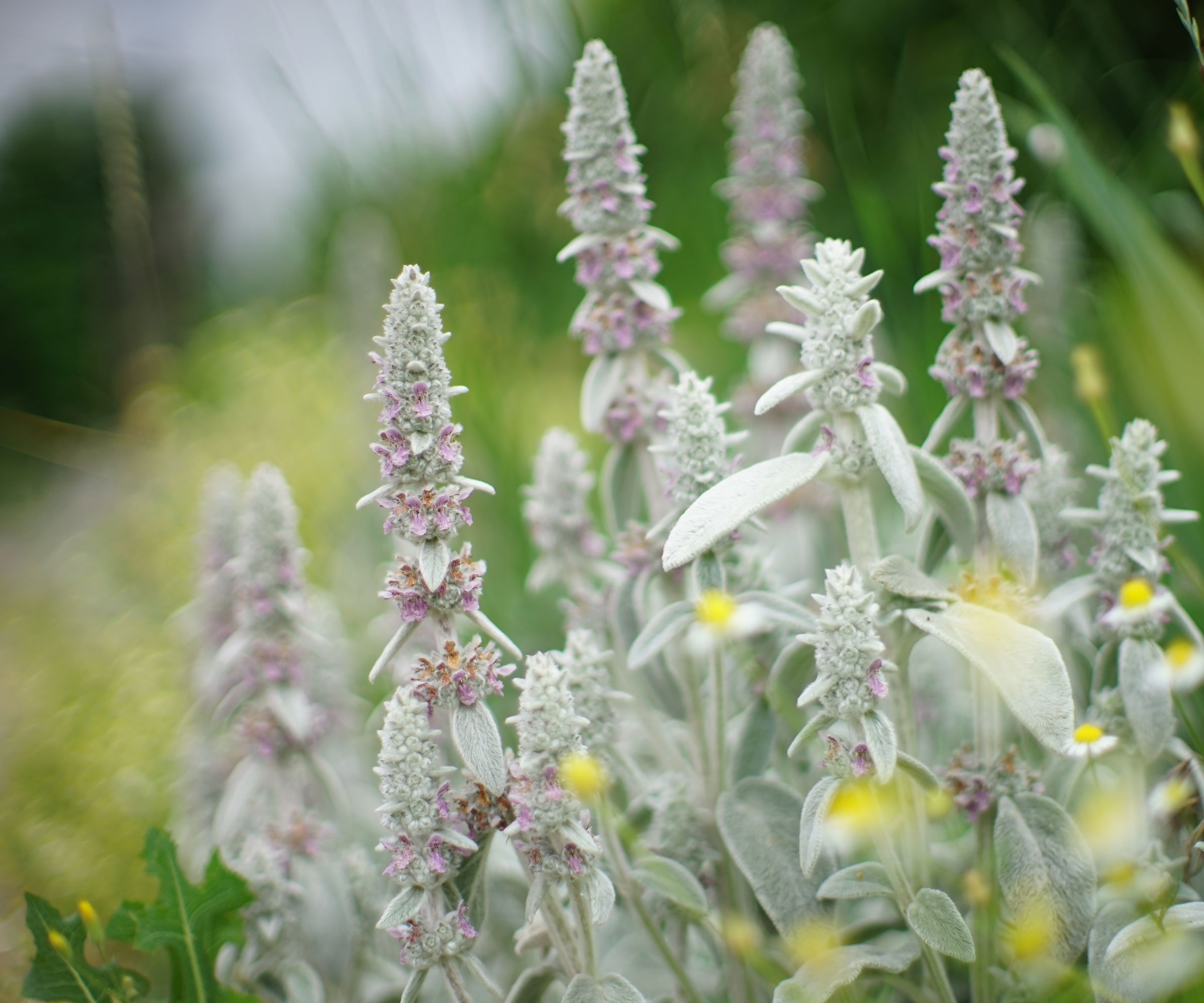
Lamb’s ear, the common name for stachys, is an easy-to-grow ground cover plant. Predominantly grown for its silvery-grey textured foliage, lamb’s ear also produces purple or pink summer flower spikes. It is a pretty low-growing perennial that is ideal for planting in numbers near the front of flower beds.
The plants prefer to grow in full sun positions, where they can get around six hours of sunlight. In warmer climates, however, they do benefit from partial shade from the afternoon sun. The Mediterranean plant likes free-draining soil and is a drought-tolerant perennial once established.
7. Veronica
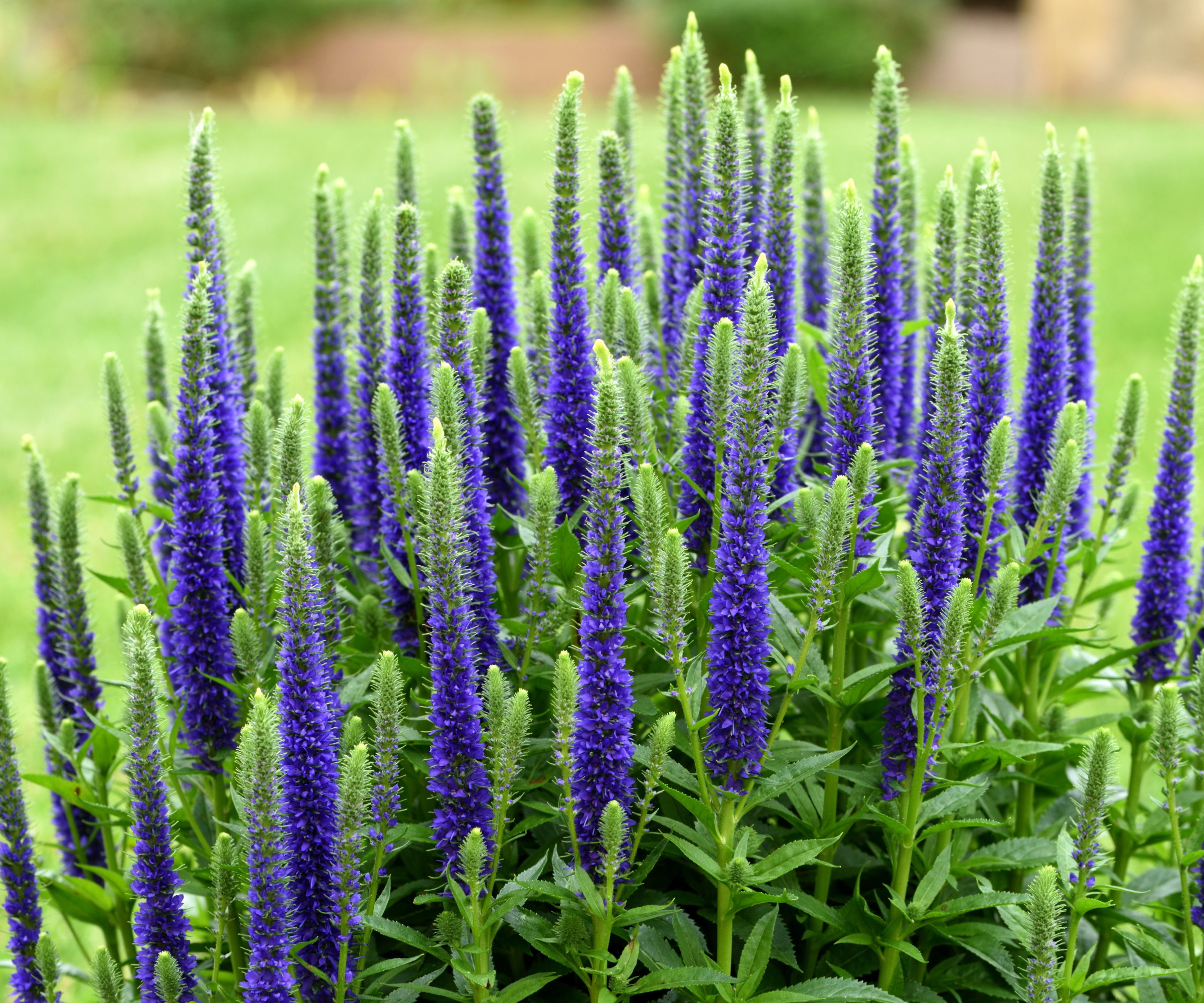
Veronica, known as speedwell, is another versatile and low-maintenance perennial that grows spikes of flowers during summer. There are different types of veronica coming in various sizes and colors, including cultivars with purple, pink, blue, or white blooms that can range from six inches to three feet tall.
Veronica is hardy in US hardiness zones 3-11 and prefers full sun, but will tolerate some shade, and well-draining soil. Avoid planting in damp spots or heavy soil as excess moisture can cause root rot. Once established, it only requires watering during extended periods of dry weather.
FAQs
Can you plant bare-root roses in January?
Bare-root roses are planted between November and March. They can be planted in January, provided the ground is not frozen or waterlogged.
January is often perceived as a slow time in the gardening calendar. The truth is, however, that there are many jobs to do this month that can help ensure your garden is full of color and beauty in the year ahead. These include pruning in January to help shrubs bloom at their best and sowing in January indoors to get earlier color and a long season of glorious flowers.

Drew has worked as a writer since 2008 and was also a professional gardener for many years. As a trained horticulturist, he worked in prestigious historic gardens, including Hanbury Hall and the world-famous Hidcote Manor Garden. He also spent time as a specialist kitchen gardener at Soho Farmhouse and Netherby Hall, where he grew vegetables, fruit, herbs, and cut flowers for restaurants. Drew has written for numerous print and online publications and is an allotment holder and garden blogger. He is shortlisted for the Digital Gardening Writer of the Year at the 2025 Garden Media Guild Awards.
